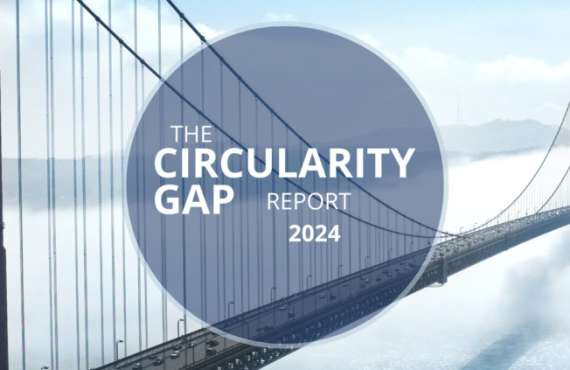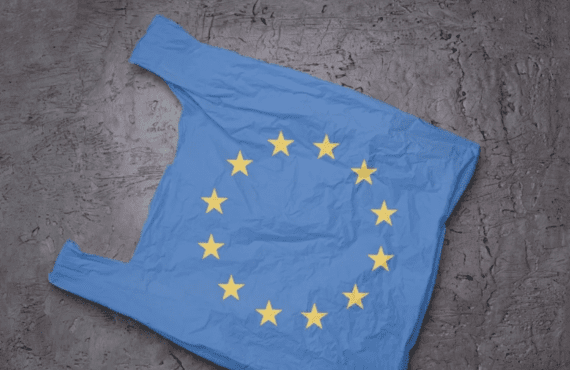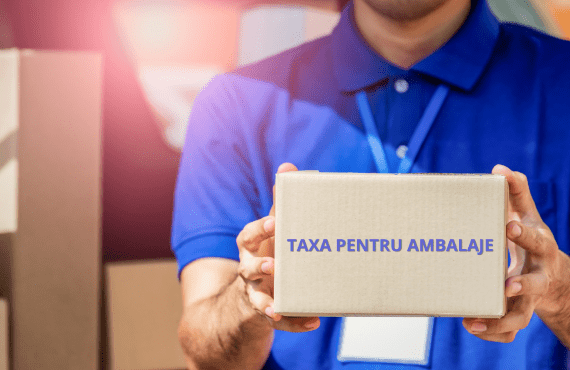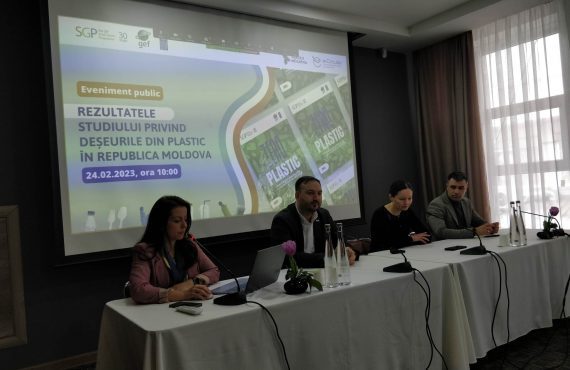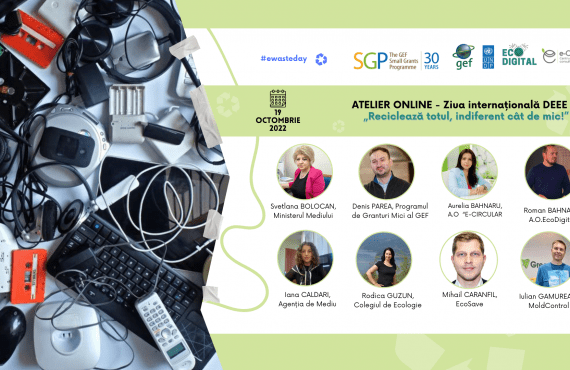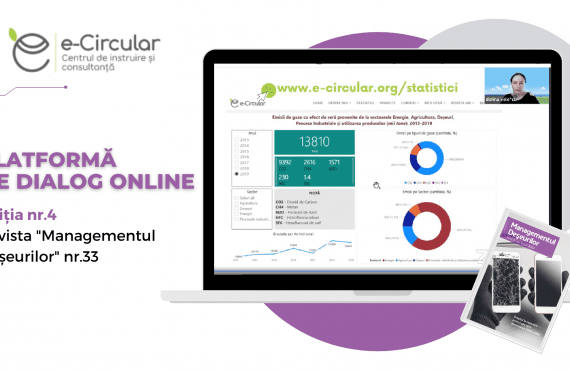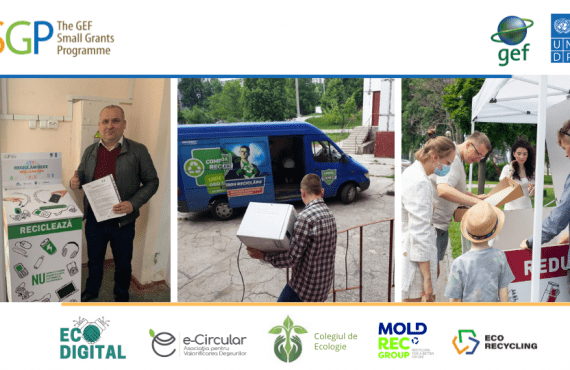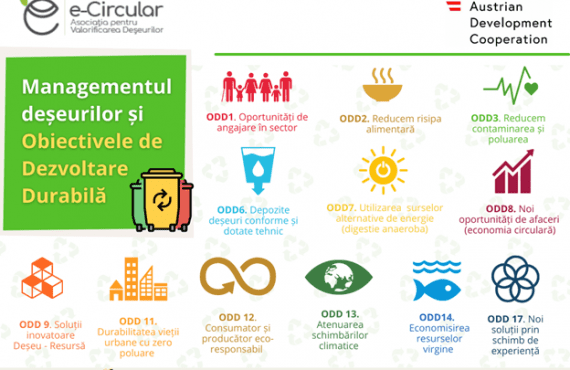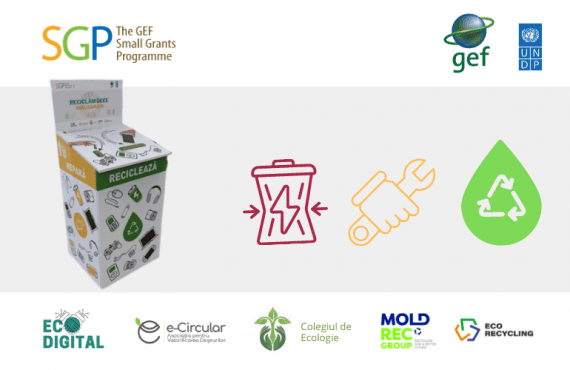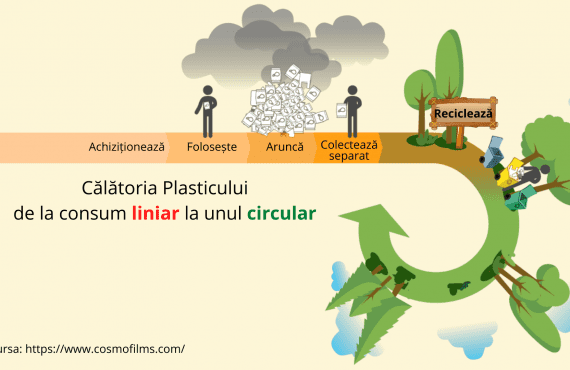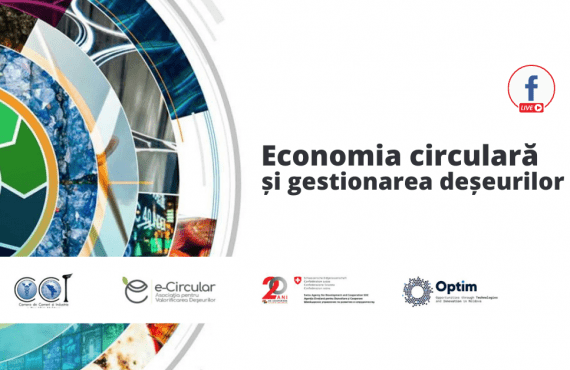The European Commission takes a new one important decision for environmental protection by adopting measures which restrict microplastics intentionally added to products under the EU REACH legislation on chemicals. The new rules will prevent environmental release of approx half a million tons of microplastics. These rules will ban the sale of microplastics as such and products to which microplastics have been intentionally added and which release those microplastics when used. Where this is duly justified, derogations and transition periods apply for affected parties to adapt to the new rules.
The adopted restriction uses a broad definition of microplastics – this covers all synthetic polymer particles below 5 mm that are organic, insoluble and resistant to degradation. The goal is to reduce emissions of intentionally added microplastics from as many products as possible. Some examples of common products that fall within the scope of the restriction are:
- the granular infill material used on artificial sports surfaces (this represents the largest source of intentionally added microplastics in the environment);
- cosmetic products, where microplastics are used for multiple purposes, such as exfoliation (microbeads) or obtaining a specific texture, fragrance or color;
- detergents, fabric softeners, glitter, fertilizers, plant protection products, toys, medicines and medical devices, to name a few.
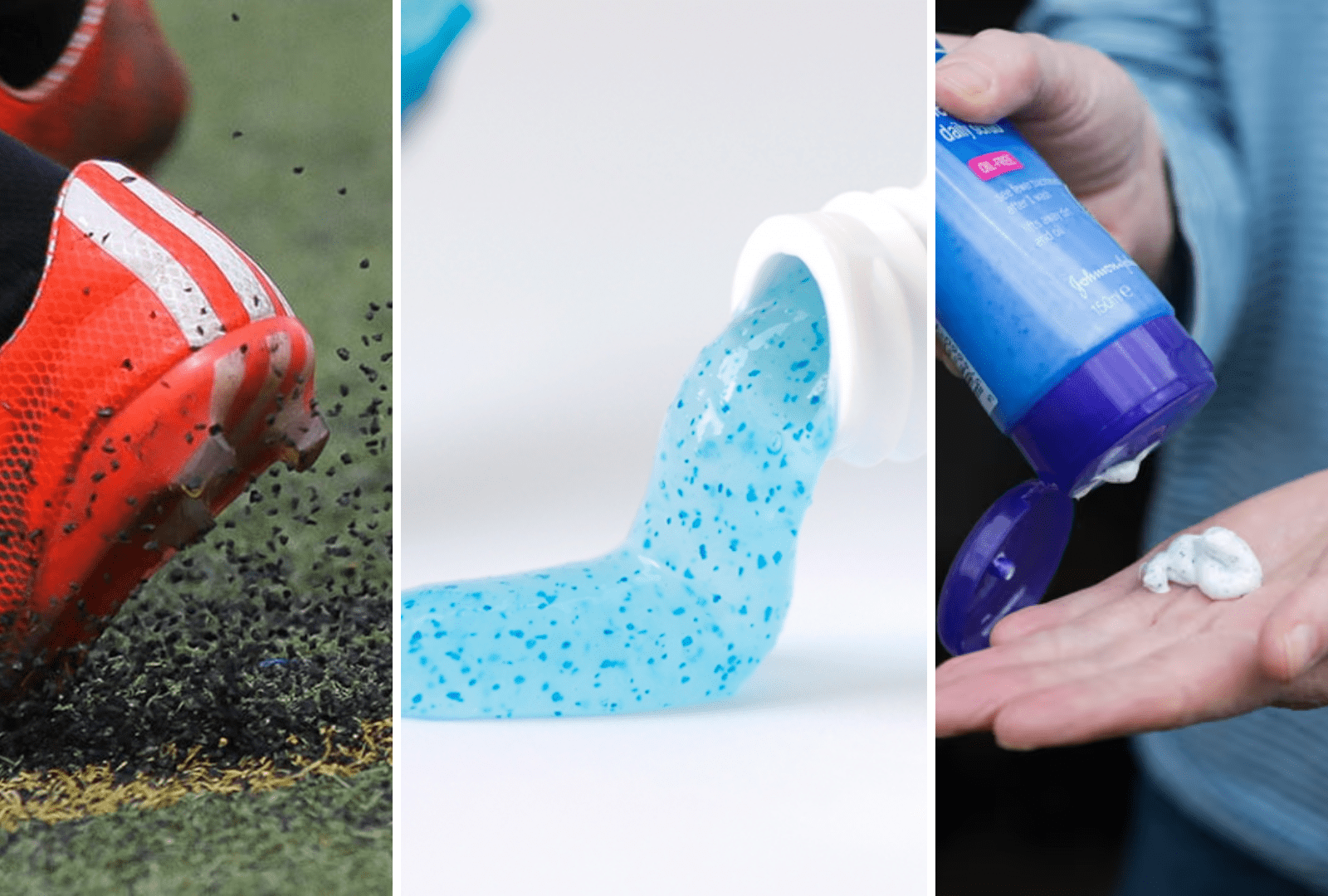
Products used on industrial sites or that do not release microplastics during use are exempt from the sales ban, but their manufacturers will have to provide instructions on how to use and dispose of the product to prevent microplastic emissions.
Next steps
The first measures, such as a ban on bulk glitter and microbeads, will start to apply when the restriction comes into effect in 20 days. In other cases, the marketing ban will apply after a longer period in order to give affected stakeholders time to develop and switch to alternative products.
Context
The Commission is committed to combating microplastic pollution, as stated in The European Green Deal and in the new Circular Economy Action Plan. In the Zero Pollution Action Plan, the Commission set a target of reducing microplastic pollution by 30 % by 2030.
As part of these efforts, the Commission is working to reduce microplastic pollution from different sources: plastic waste, accidental and unintended emissions (e.g. the loss of plastic granules, tire degradation or the release of microplastics contained in clothing), as well as the uses intended in products.
To tackle microplastic pollution while preventing the risk of fragmentation of the single market, the Commission has asked the European Chemicals Agency (ECHA) to assess the risk posed by microplastics intentionally added to products and the possible need for further regulatory measures at EU level. ECHA concluded that microplastics intentionally added to certain products are released into the environment in an uncontrolled way and recommended their restriction.
Based on the scientific evidence provided by ECHA, the Commission developed a restriction proposal under REACH, with EU countries voting in favor of it; the proposal also successfully passed the scrutiny of the European Parliament and the Council before being adopted.



